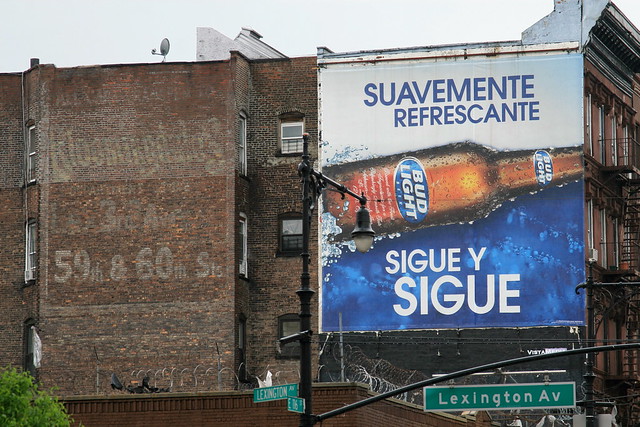Patrick meets Ryan, his future brother-in-law. He doesn't like the fact that his sister is marrying someone. To further escalates things, Patrick overhears Ryan talking on the phone about conspiracy against his future wife, Marilyn. At the mini-climax, Patrick attempts to kill Ryan and while his initial effort fails, Ryan is killed. This creates a transition between acts where Patrick is forced to hide Ryan's body.
In Act II, Patrick hides Ryan to prevent his sister from discovering that he has died. Things complicate as Ryan has horrible thoughts about the death, and believes he has gone crazy when Ryan's corpse shows up multiple times in and around his house. Marilyn is concerned because Ryan has been missing for some time and decides to call the police. Detective Morse, coincidentally Ryan's aunt, is sure that Ryan has been killed and suspects both Marilyn and Patrick at different times. This adds to the stress and effort to hide the death of Ryan.
In Act III, Ryan's body appears again, but this time Marilyn discovers it with Patrick. Because the detective already suspects them, they decide to hide the body by shredding it into small pieces and feeding it to their dog. Looking back at it all, Patrick realizes that he actually liked Ryan. As soon as this happens, Detective Morse reveals herself to be Ryan, and that he had never died at all.
27 Minutes - Patrick discovers Ryan is dead.
65 Minutes - Detective Morse suspects Ryan is dead, not missing, and suspects Marilyn.
78 Minutes - Patrick discovers Ryan isn't dead.











